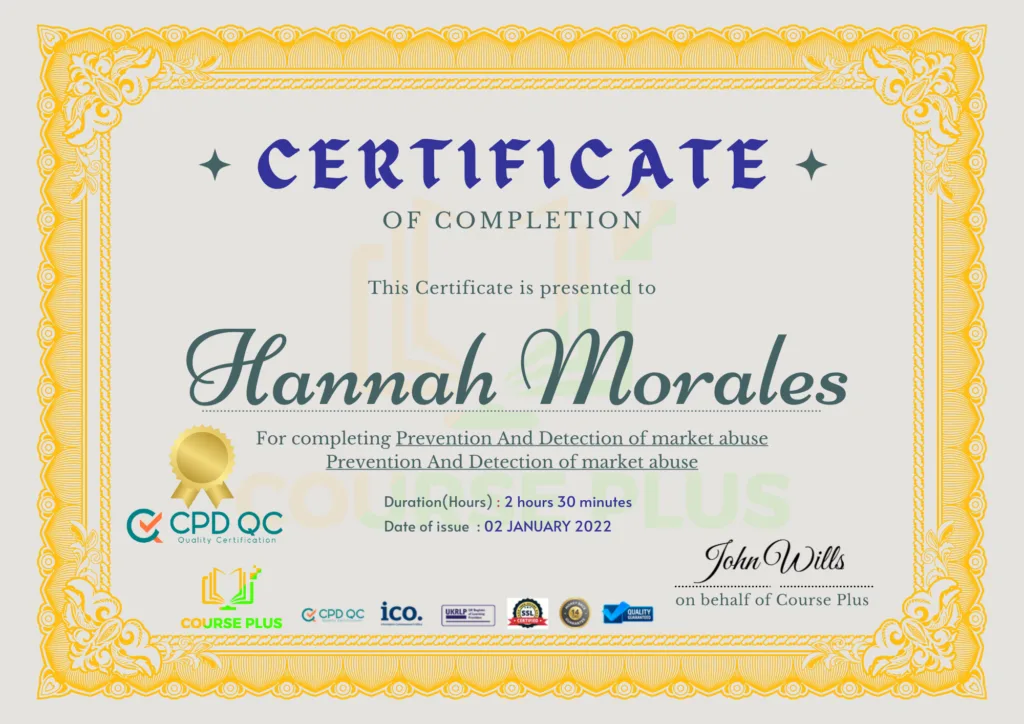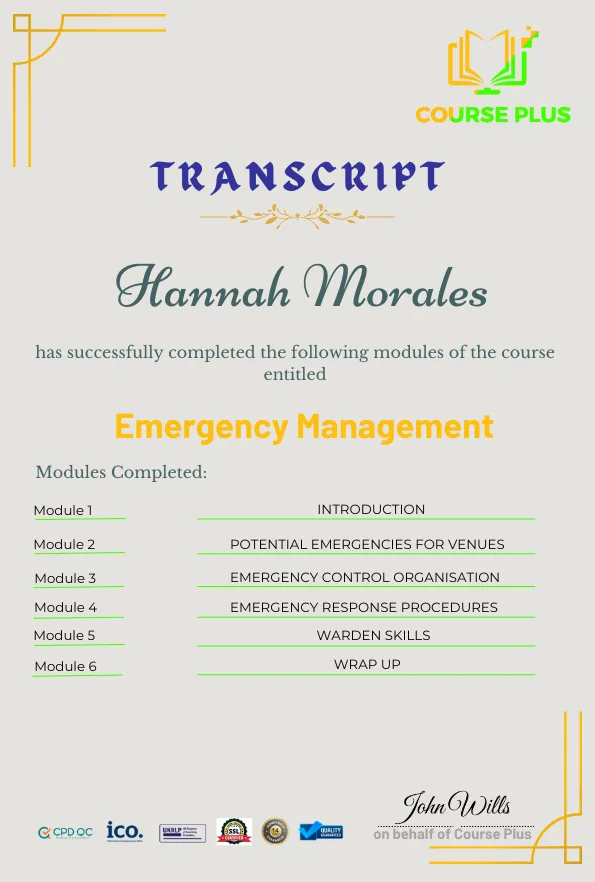Assembly Programming For All Platforms, Learn To Code




Course Overview:
Master the fundamentals of assembly programming across all platforms with this comprehensive course. Dive into core concepts like memory addressing, registers, arithmetic and logical instructions, functions, and system calls. Designed for both beginners and seasoned programmers, this course simplifies low-level programming, making it accessible and practical. With hands-on projects, clear lessons, and expert guidance, you’ll gain the skills needed to code efficiently in assembly. Perfect for career advancement or personal growth, the course empowers you to write optimized code for various platforms.
Why Enroll in this Course?
Assembly programming is the backbone of low-level coding, essential for developing efficient and fast-performing applications. This course provides a structured learning path, starting from foundational concepts to advanced functions like recursion and system calls. You’ll gain hands-on experience with practical examples, ensuring a strong grasp of registers, memory addressing, and variables. Whether you’re a beginner or a professional, the course offers value by covering platform-independent techniques. Learn at your own pace with our interactive lessons and expert guidance. By mastering assembly programming, you open doors to high-performance computing and niche job opportunities.
Investment Value:
- Gain platform-independent coding skills.
- Access lifetime course materials for continual learning.
- Enhance job prospects in embedded systems and software optimization.
- Build a strong foundation in low-level programming.
- Learn from experienced instructors with step-by-step guidance.
Technical Specifications:
- Accessible on all devices (PC, tablet, smartphone).
- High-quality video lessons and interactive exercises.
- Dedicated Q&A forums for real-time support.
- Certification upon successful course completion.(on demand)
Learning Outcome
- Understand assembly language fundamentals.
- Explain memory addressing and registers.
- Master arithmetic and logical instructions.
- Allocate and manage variables and constants.
- Create and debug basic assembly programs.
- Explore addressing modes and MOV instruction.
- Develop custom functions with recursion.
- Use macros and loops in assembly.
- Perform efficient system calls.
- Learn to optimize code for performance.
Conclusion
Assembly programming offers the unique opportunity to understand the core of computer operations, empowering you to create highly optimized and efficient programs. This course on Course Plus is designed for all skill levels, ensuring that anyone can master assembly language at their own pace. Begin your coding journey today and unlock the potential of low-level programming for all platforms.
Next Steps:
- Register on Course Plus platform
- Access course materials
- Join community discussions
- Earn certification
Course Curriculum
INTRODUCTION
-
Introduction
03:00 -
Project Setup
02:00 -
Example File Code Structure
03:00 -
Comments
03:00
REGISTERS
-
Memory Segments
02:00 -
Processor Registers
04:00 -
Data Registers
05:00 -
Pointer Registers
03:00 -
Index Registers
02:00 -
Control Registers
05:00 -
Segment Registers
02:00
ADDRESS MODES
-
Register Addressing
04:00 -
Immediate Addressing Mode
03:00 -
Direct Memory Addressing Mode
02:00 -
Direct-Offset Addressing
03:00 -
Indirect Memory Addressing Mode
02:00 -
MOV Instruction
02:00
VARIABLES
-
Allocating Storage Space for Initialized Data
04:00 -
Allocating Storage Space for Uninitialized Data
03:00 -
Multiple Variable Definitions
02:00 -
Multiple Variable Initializations
04:00
CONSTANTS
-
EQU Command
03:00 -
Assign Command
03:00 -
Define Command
03:00
ARITHMETIC INSTRUCTIONS
-
Increment Command (INC)
03:00 -
Decrement Command (DEC)
02:00 -
Addition Command (ADD)
04:00 -
Subtraction Command (SUB)
03:00 -
Multiply Command (MUL-IMUL)
03:00 -
Divide Command (DIV-IDIV)
03:00
LOGICAL INSTRUCTIONS
-
AND Instruction
04:00 -
OR Instruction
03:00 -
XOR Instruction
03:00 -
NOT Instruction
02:00
CONDITIONS
-
Compare Instruction (CMP)
03:00 -
Unconditional Jump
03:00 -
Conditional Jumping
04:00
NUMBER SYSTEM
-
ASCII System
03:00
FUNCTIONS
-
Basic Function
03:00 -
Stacks Data Structure
05:00 -
Function To Print a Number
05:00 -
Recursion Using Factorial
06:00
EXTRAS
-
Strings
05:00 -
Loops
03:00 -
Macros
04:00 -
System Calls
04:00
Student Ratings & Reviews

-
LevelAll Levels
-
Duration2 hours 30 minutes
-
Last UpdatedMay 23, 2025
A course by
Material Includes
- 24/7 Support
- Online e-learning platform
- Interactive modules
- Video-based instruction
- Practical exercises
- Certification (on demand)
- Assessment on demand
Requirements
- Minimum age: 18 years
- Access to a computer with internet
- Willingness to learn and engage
Target Audience
- Software developers exploring low-level programming.
- Engineers working on embedded systems.
- IT professionals seeking optimization skills.
- Hobbyists curious about low-level coding.
- Students aiming to understand computer architecture.
- Career changers entering programming.


